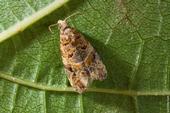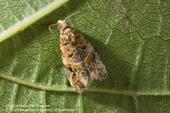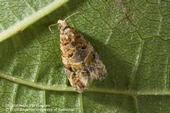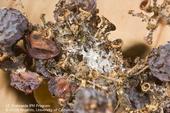- Author: Jeannette E. Warnert

The European grapevine moth, which was detected in Napa County in 2009 and threatened crops valued at $5.7 billion, has been eradicated from the state, reported Geoffrey Mohan in the Los Angeles Times.
The reporter gleaned information about and a photo of the moth from UC Agriculture and Natural Resources (UC ANR). The article credited ANR as explaining, "The moth's several larval stages damage flowers and the fruit itself throughout the growing season."
UC ANR played a key role in the eradicating the pest from California. A team of UC...
- Author: Jeannette E. Warnert

European grapevine moth, light brown apple moth and glassy-winged sharpshooter combine to make "vigilance" the word of every day for growers in Sonoma County, reported Bonnie Durrance in the Sonoma County Sun.
“Invasive pests are a problem,” said Nick Frey, president of the Sonoma County Winegrape Commission. “They threaten California agriculture in general, and probably our ecology too, so it’s important to try to prevent their import into the state, and if they do get here, to detect them early. If you don’t get early detection, your odds of eradication are low.”
- Author: Jeannette E. Warnert

The advisors are monitoring the pest's lifecycle, and when it's the optimum time for pesticide treatment, they send e-mail alerts to growers.
Growers then have a 10-day window to treat the vineyard, said the article, written by editor...
- Author: Jeannette E. Warnert

The European grapevine moth was first detected in the United States in Napa County in 2009. About 1,500 square miles are now under quarantine in Napa, Solano and Sonoma counties, according to the California Department of Food and Agriculture.
The Napa County agricultural commissioner's request that backyard...
- Author: Jeannette E. Warnert
At a press conference in Fresno Wednesday, the Natural Resources Conservation Service announced a $1 million cost sharing program to help combat European grapevine moth in California.
The support will cover half the cost of voluntary, environmentally friendly control options, according to the NRCS press release. The pest control strategies, the release said, were developed and approved for use over the past five years by NRCS and the University of California Cooperative Extension. The cost of the treatment is about $208 per acre; NRCS will provide $104 per...



